A lucky discovery involving lithium-sulfur batteries has a legitimate chance to revolutionize how we power our world.
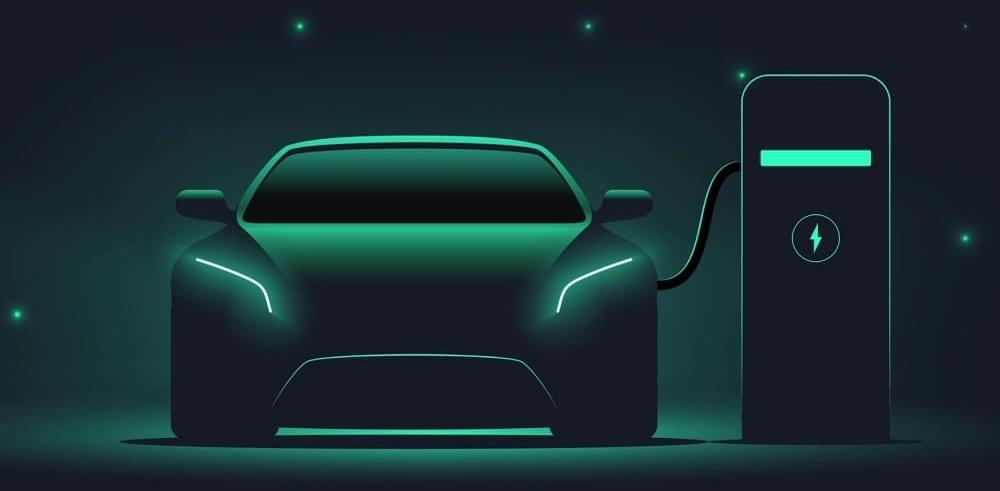


Newly discovered Fermi arcs that can be controlled through magnetism could be the future of electronics based on electron spins.
These new Fermi arcs were discovered by a team of researchers from Ames Laboratory and Iowa State University, as well as collaborators from the United States, Germany, and the United Kingdom. During their investigation of the rare-earth monopnictide NdBi (neodymium-bismuth), the research team discovered a new type of Fermi arc that appeared at low temperatures when the material became antiferromagnetic, i.e., neighboring spins point in opposite directions.
Fermi surfaces in metals are a boundary between energy states that are occupied and unoccupied by electrons. Fermi surfaces are normally closed contours forming shapes such as spheres, ovoids, etc. Electrons at the Fermi surface control many properties of materials such as electrical and thermal conductivity, optical properties, etc. In extremely rare occasions, the Fermi surface contains disconnected segments that are known as Fermi arcs and often are associated with exotic states like superconductivity.
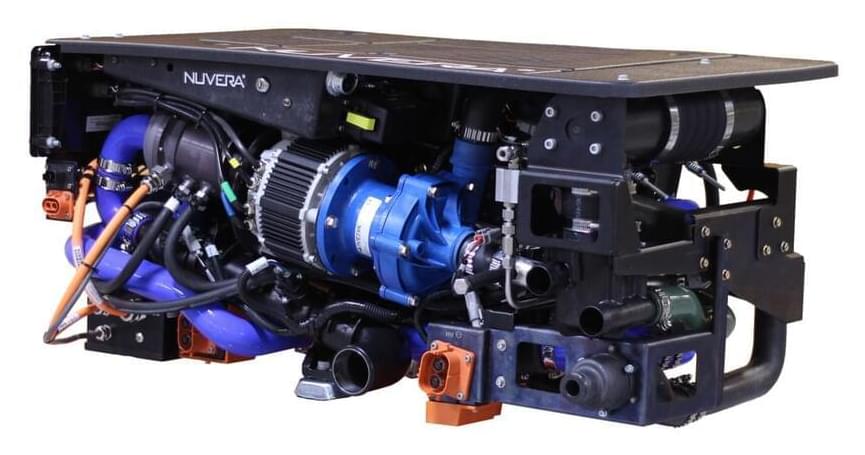
Countries, especially potential exporters, should improve hydrogen statistics to justify and promote investments in hydrogen. The measures should result from broad cooperation, also intended to standardize and homogenize measurements, said Columbia University‘s Anne-Sophie Corbeau. “Countries could start working together to determine how best to collect hydrogen data, both on the demand and production sides, and include existing consumption as well as potential future consumption in new sectors. Statistics on the demand side need to anticipate new uses in buildings, industry, transport, and power, as well as account for hydrogen’s potential use to produce other energy products such as ammonia and methanol,” the French scholar wrote on Monday.
Vancouver-based First Hydrogen has identified four industrial sites in the United Kingdom and is advancing discussions with landowners to secure land rights to develop green hydrogen production projects. It said it would be working with engineering consultants Ove Arup & Partners Limited (ARUP) for engineering studies and designs. “The sites are all in prime industrial areas spread strategically across the North and South of the United Kingdom and will each accommodate both a large refueling station — for light, medium and heavy commercial vehicles with on-site hydrogen production, to serve the urban areas of Greater Liverpool, Greater Manchester, the London area, and the Thames Estuary — and a larger hydrogen production site of between 20 and 40 MW, for a total for the four sites of between 80 MW and 160 MW,” First Hydrogen wrote on Monday. The Canadian company wants to use the production facilities to serve customers of its automotive division. “First Hydrogen’s green hydrogen van is to begin demonstrator testing in June with final delivery for road use in September 2022.”
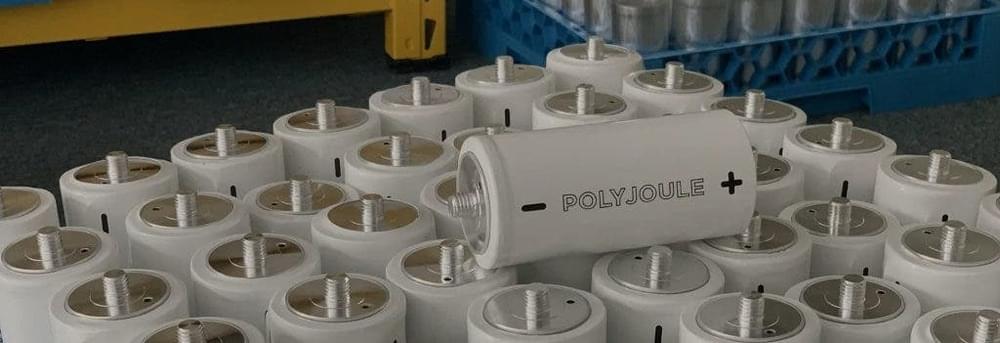
Plastic and molten salt batteries may be the key to grid-scale energy storage.
Electricity is a marvelous thing. It can power every manner of machine and digital device, but it is ephemeral. It has to be used as soon as it is created or it is lost forever. The trick to making it serve the needs of humanity is to store it, and to do that, you need a battery.
There are hundreds of ways to make a battery — the Romans did it with copper and iron in a lemon juice bath. But not all of those storage techniques are practical in the real world. Some are too heavy, others too bulky. Many are too costly or use materials that are too scare. Nickel has long been a major component of today’s lithium-ion batteries, but upheavals in some countries masterminded by criminal leaders have caused it to triple in price recently.
Some batteries are good for powering vehicles. Others are better suited to long term grid-scale storage. This report will focus on two new battery technologies that show promise for storing electricity now so it can be used to power homes and businesses later.
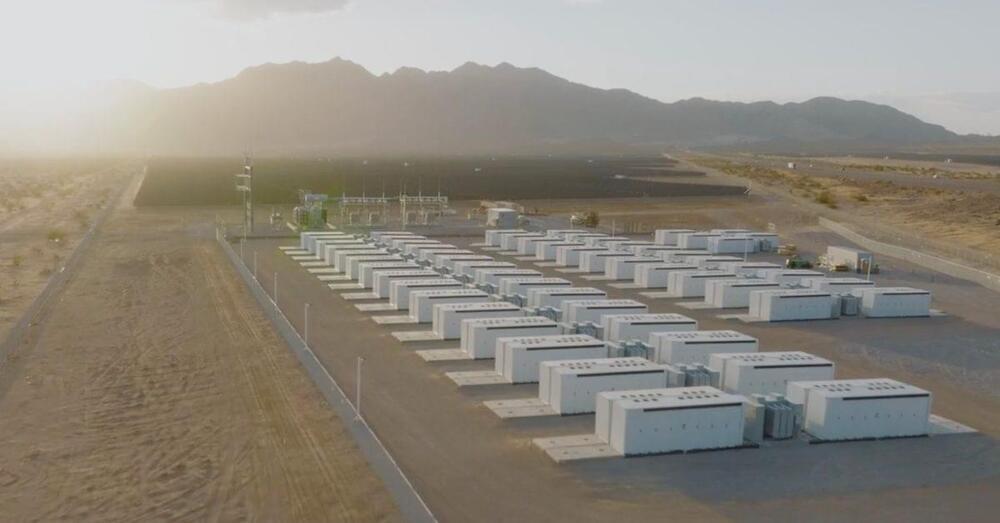
Tesla has unveiled its latest giant Megapack project consisting of 360 MWh of energy storage capacity used in concert with a solar farm to help power 60,000 homes.
Arevon is becoming one of Tesla’s biggest partners in the deployment of energy storage capacity.
Last year, Tesla and Arevon signed a deal for the former to supply a record amount of 2 GW/6 GWh of Megapack batteries to the latter for several new energy storage projects.

Elon Musk referred to Mark Zuckerberg as ‘Zuckerberg the 14th’ – an apparent allusion to the famed Louis XIV nicknamed the Sun King – and accused him of exerting too much influence over platforms controlled by him. Twitter’s new owner insists that his bid to purchase the microblogging service isn’t about making money, but rather about broadening Twitter’s appeal and safeguarding free expression. A more accessible social media platform was one of Musk’s goals, he said.
“When Facebook, Instagram, and WhatsApp are all owned by Mark Zuckerberg, the 14th generation of Zuckerbergs will still be in charge. Actually, this is what I mean. On Twitter, you won’t see that ” Zuckerberg was ridiculed by Musk. Tesla CEO Elon Musk has said that he prefers to maintain the largest number of Twitter stockholders in the company, rather than monopolizing it. He presently has a 9.1 percent stake in Twitter.
Facebook CEO Mark Zuckerberg, on the other hand, holds a 12.8 percent stake in Meta, the parent company of social media platforms. This is not the first time that Facebook CEO Mark Zuckerberg and Tesla CEO Elon Musk have taken shots at one other. When in doubt, leave the speech as is. Let the tweet live if it’s in a grey area When discussing censoring specific subjects and tweets, Musk stated this. In my opinion, we should be extremely cautious about deleting anything.
This fish-friendly hydro turbine turns streams, rivers into a zero-emissions power plant.
Credit: Natel Energy.
–
Would you like your tech product or service to be featured on this channel? Click the link to get in touch with me: https://adamdany.al/promote.
► Join my Telegram channel.
and never miss a video:
https://t.me/adamdanyal.
(Download Telegram app first.
before clicking channel link.)
► Subscribe to my channel:
https://adamdany.al/subscribe.
#adamdanyal #hydroturbine #fishfriendly #renewableenergy

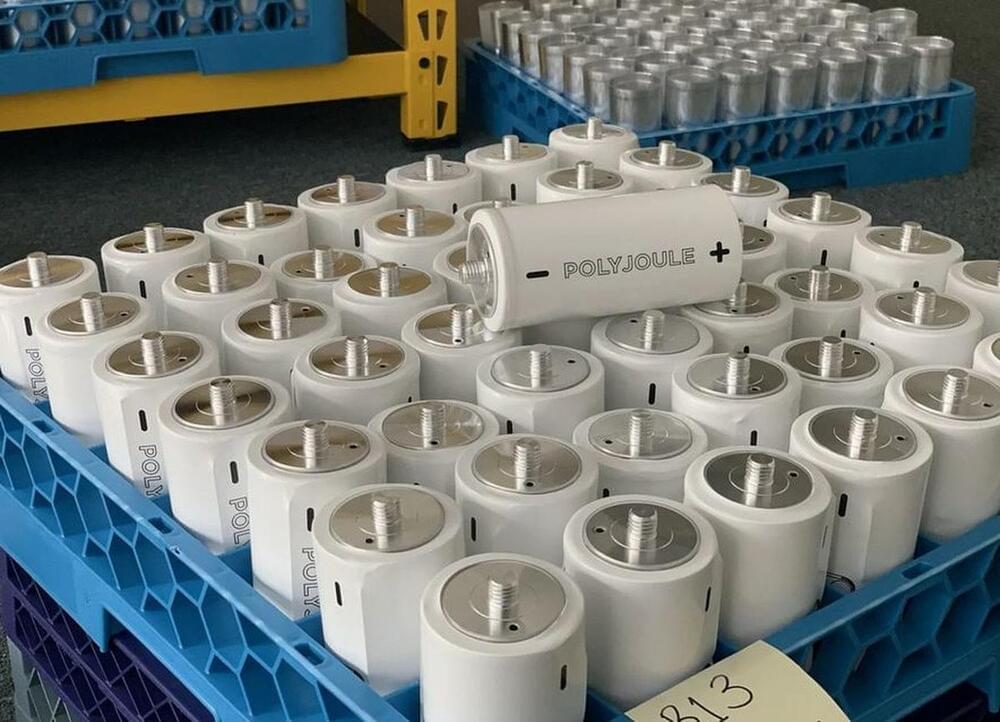
“Our batteries are designed to suit the needs of stationary power applications where safety, lifetime, levelized costs, and environmental footprints are key decision drivers,” the company said in a statement. “PolyJoule’s conductive polymer cells span the performance curve between traditional lead-acid batteries and modern lithium-ion cells, while enhancing service life and reducing balance of plant costs, due to their no-HVAC thermal management design.”
According to the manufacturer, the battery cells were tested to perform for 12,000 cycles at 100% depth of discharge. The device is based on a standard, two-electrode electrochemical cell containing the conductive polymers, a carbon-graphene hybrid, and a non-flammable liquid electrolyte. Alternating anodes and cathodes are interwoven and then connected in parallel to form a cell.
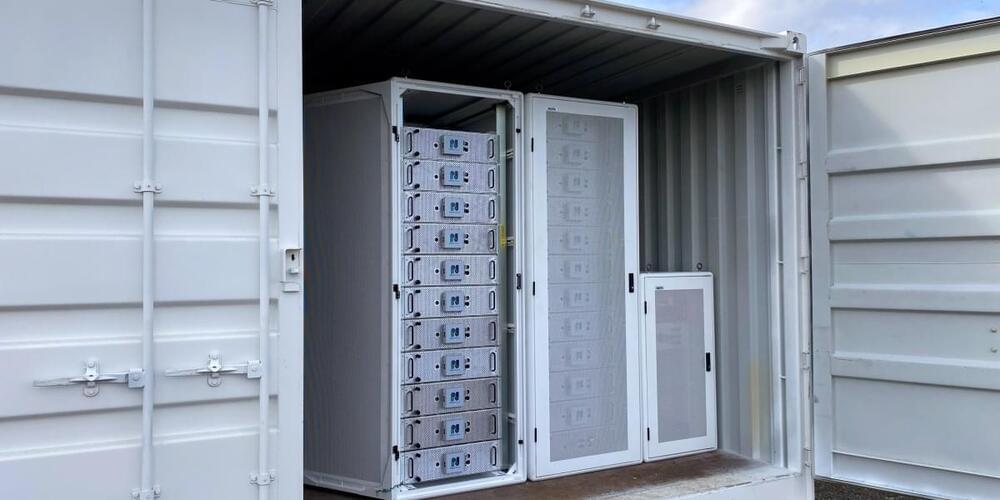
A new type of battery made from electrically conductive polymers—basically plastic—could help make energy storage on the grid cheaper and more durable, enabling a greater use of renewable power.
The batteries, made by Boston-based startup PolyJoule, could offer a less expensive and longer-lasting alternative to lithium-ion batteries for storing electricity from intermittent sources like wind and solar.